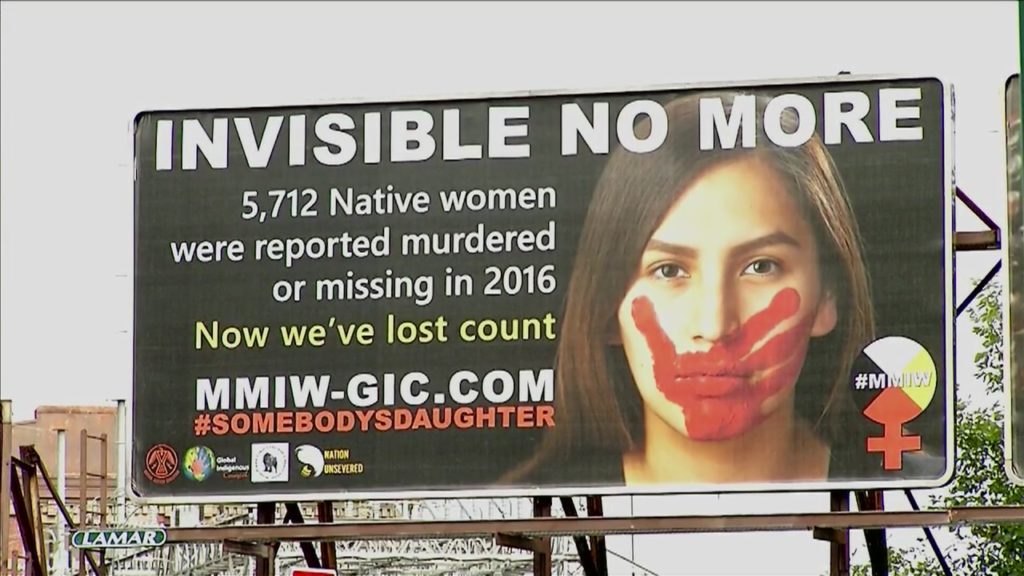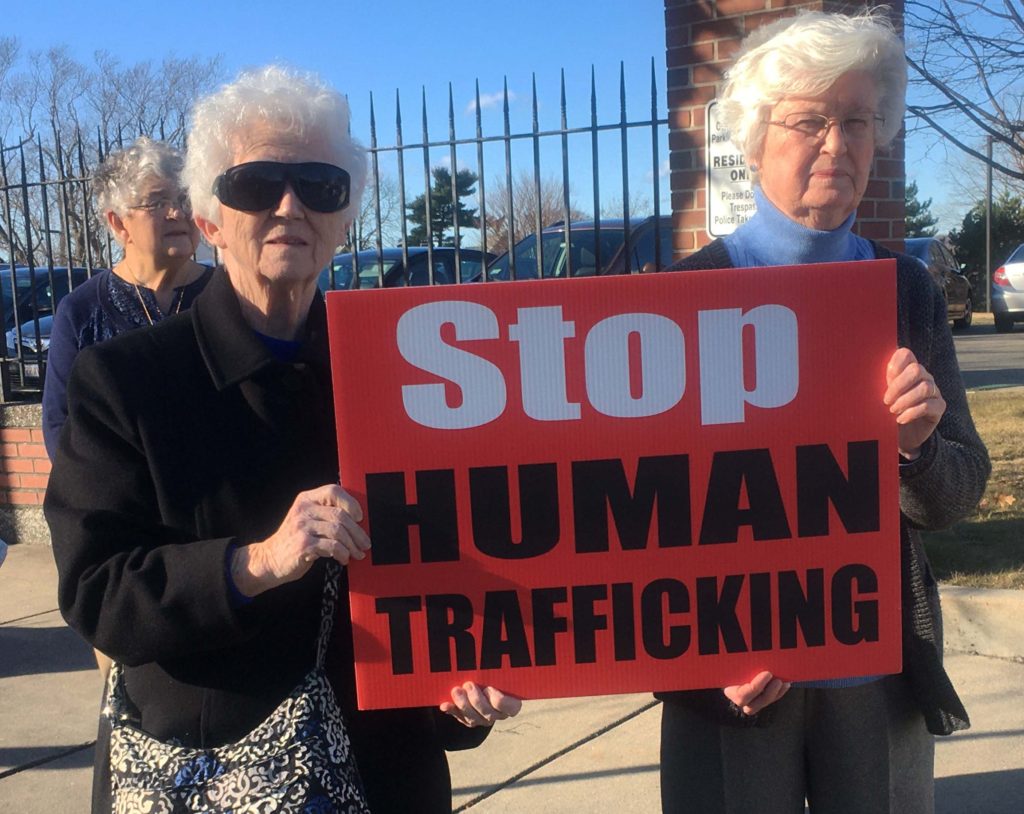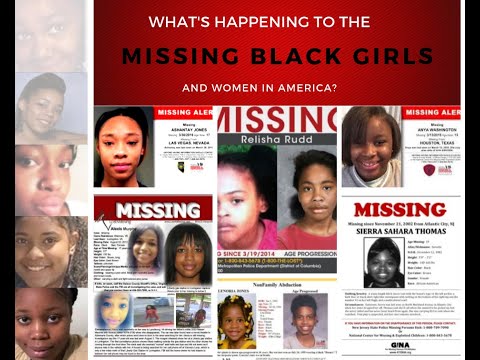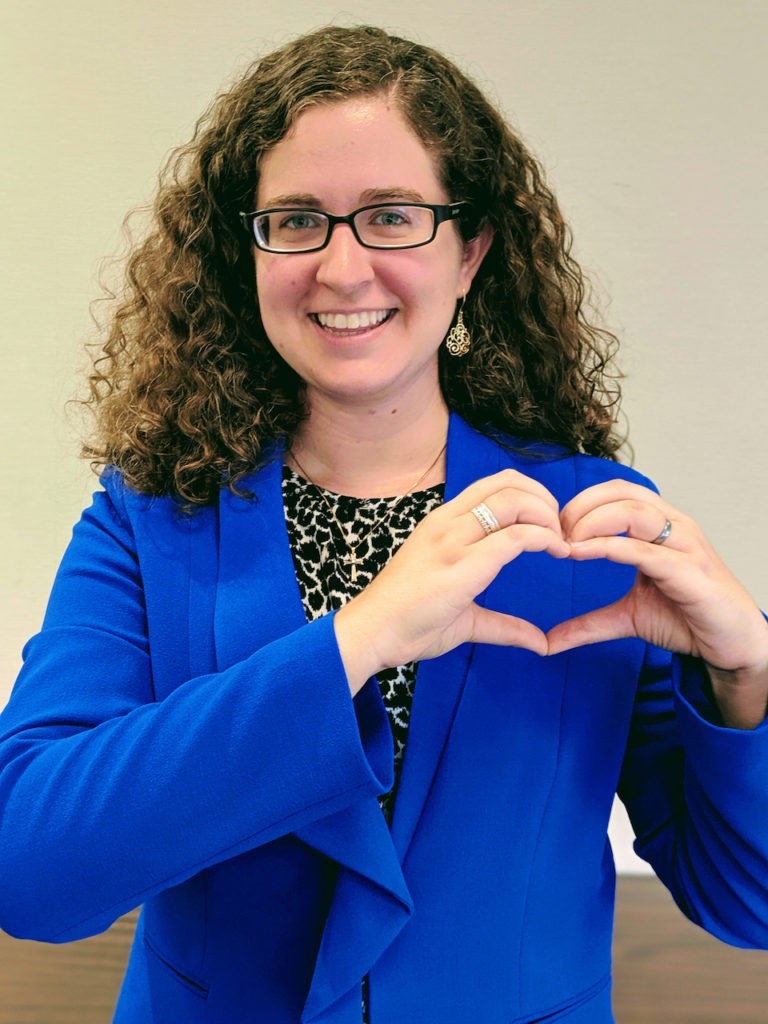July, 2020 Monthly Reflection
July 3, 2020Human Trafficking: The Legacy of 400 Years of Racism and Colonialism
By Jennifer Reyes Lay, Executive Director of AEHT
As we approach the annual World Day Against Trafficking in Persons on July 30th, it is important to reflect not only on the present reality of human trafficking in our communities, country, and the wider world, but also the longer history that has brought us to this particular moment in time. In order to work more effectively in realizing a world without slavery with a network of services and resources to inform the public, prevent the crime and assist survivors to achieve a fulfilling life, we have to understand the intersecting systems of oppression that fuel the demand to exploit the bodies of vulnerable human beings, and what makes them vulnerable in the first place. The current reality of human trafficking, often referred to as modern-day slavery, continues the persistent legacy of slavery and exploitation going back to European colonialism and the transatlantic slave trade over 400 years ago.
Throughout the world, centuries of European colonization spread the beliefs and practices of white supremacy which deemed those with darker skin and different worldviews as “savage,” less-than-human, even equivalent to animals, and therefore could be used and abused for the profit and sexual gratification of the powerful or simply exterminated. It is estimated that between 5-10 million indigenous people were murdered and hundreds of thousands more forcibly removed from their homelands during colonization in the United States. In addition to the genocide of indigenous communities this system of dehumanization and exploitation showed up in the transatlantic slave trade where it is estimated between 10-12 million Africans were kidnapped and forced into slavery, about 10% of whom were brought to what is now the United States. At the time of the Emancipation Proclamation in 1863, there were an estimated 4 million enslaved persons of African descent in the United States. These enslaved Africans had to endure not only brutal forced labor conditions, but also torture, sexual abuse, and rape at the hands of their masters and other wealthy white people.
 The persistence of white supremacy and an abuse of black and indigenous bodies continued even after slavery was officially declared illegal. Wealthy white landowners, business owners, and politicians still found ways to abuse and exploit these populations for their own benefit and with impunity. Racism against the Black community and Indigenous communities has been passed down through generations and woven into the fabric of society in the U.S. through laws, customs, beliefs, and behaviors. It is no surprise then, that racist and colonialist beliefs and behaviors also show up today in crimes like human trafficking.
The persistence of white supremacy and an abuse of black and indigenous bodies continued even after slavery was officially declared illegal. Wealthy white landowners, business owners, and politicians still found ways to abuse and exploit these populations for their own benefit and with impunity. Racism against the Black community and Indigenous communities has been passed down through generations and woven into the fabric of society in the U.S. through laws, customs, beliefs, and behaviors. It is no surprise then, that racist and colonialist beliefs and behaviors also show up today in crimes like human trafficking.
While human trafficking impacts every demographic (all races, ethnicities, genders, sexualities, ages, etc.) we know that traffickers target those who are vulnerable. Generations of systemic racism has created stark disparities in all sectors of life: health, education, economics, housing, and employment. This puts communities of color and indigenous communities at greater risk of exploitation due to greater vulnerability. While African-Americans make up just 12.7% of the total population, they account for 40% of trafficking victims, and 77% of child sex trafficking victims are non-white. Statistics also show that the majority of buyers are wealthy white men, and the majority of sex trafficking victims are poor girls of color. Survivors of sex trafficking have shared that white girls and women are paid more for the same services, and women of color are often forced to carry out the racist fantasies of purchasers (watch this powerful webinar from World Without Exploitation for more survivor perspectives). Young white girls who are trafficked tend to get more media attention than young black girls and indigenous women who go missing or who are found murdered. There is not the same investment in finding girls from these communities or prosecuting their abductors and murderers. And even when victims of trafficking are discovered by law enforcement, those from minority communities are more likely to be treated as criminals rather than victims. For more perspectives on the way that racism impacts human trafficking check out our February issue of Stop Trafficking.
 While most of us would like to think we are not personally complicit in the slavery that still exists today, the reality is quite different. Globalized capitalism and consumerism has created a system of demand for a plethora of cheap goods and services. Many of the products that we buy have parts that were cultivated or assembled from slave labor around the world, including child labor. It is possible that the food you eat was grown and harvested by slave labor or the services you purchase are fulfilled by those who are victims of trafficking. You can check and see an estimate of “how many slaves work for you” at the website SlaveryFootprint.org. We also continue to hold harmful bias in our unconscious as a result of living in a culture of white supremacy. We have to work intentionally to notice and transform the harmful ideas we still hold about certain people and communities that allow us to turn a blind eye to their suffering as victims of human trafficking.
While most of us would like to think we are not personally complicit in the slavery that still exists today, the reality is quite different. Globalized capitalism and consumerism has created a system of demand for a plethora of cheap goods and services. Many of the products that we buy have parts that were cultivated or assembled from slave labor around the world, including child labor. It is possible that the food you eat was grown and harvested by slave labor or the services you purchase are fulfilled by those who are victims of trafficking. You can check and see an estimate of “how many slaves work for you” at the website SlaveryFootprint.org. We also continue to hold harmful bias in our unconscious as a result of living in a culture of white supremacy. We have to work intentionally to notice and transform the harmful ideas we still hold about certain people and communities that allow us to turn a blind eye to their suffering as victims of human trafficking.
As the Executive Director of a national Catholic organization, I would be remiss to not acknowledge the complicity of the institutional Catholic Church, including congregations of Women Religious, in perpetuating and benefitting from this long history of slavery, racism, and colonialism. Historically the Roman Catholic Church gave its theological seal of approval to forcibly enter the sovereign lands of indigenous communities and economically benefitted from the genocide of indigenous populations, stealing their land and natural resources, forcibly converting them, and buying and selling enslaved Africans, using their forced labor to build churches, schools, and monasteries.
While the U.S. Bishops and Leadership Conference of Women Religious have made compelling statements and commitments in recent years to face this history honestly and transform these harmful structures in the present, we know there is still always more work to do. We join in this difficult work of healing and transformation with humility and an open heart.
We are also aware that abuse and exploitation, particularly of vulnerable children, is not only something that happens in secular society, but is unfortunately a reality that continues to plague our faith communities as well. We stand committed to the dignity and liberation of all people, calling out all forms of exploitation and abuse, standing with survivors, and holding those responsible accountable.
 I invite you, particularly if you are white, to take time this month leading up to the World Day Against Trafficking in Persons, to learn more about this history of slavery, racism and colonialism; lament for the harm done; repent for our complicity both past and present; and begin to make reparations so that this legacy of slavery, abuse, and exploitation finally ends. Reparations for The Alliance to End Human Trafficking looks like sharing our time and resources with those who continue to be impacted by these legacies of slavery, racism, and colonialism; challenging the cultures and beliefs that allow this crime to continue, centering and lifting up the voices of those directly impacted; and amplifying the reality of the Black girls and Indigenous girls and women whose stories, abuse, and murders do not get the same attention as white girls and women.
I invite you, particularly if you are white, to take time this month leading up to the World Day Against Trafficking in Persons, to learn more about this history of slavery, racism and colonialism; lament for the harm done; repent for our complicity both past and present; and begin to make reparations so that this legacy of slavery, abuse, and exploitation finally ends. Reparations for The Alliance to End Human Trafficking looks like sharing our time and resources with those who continue to be impacted by these legacies of slavery, racism, and colonialism; challenging the cultures and beliefs that allow this crime to continue, centering and lifting up the voices of those directly impacted; and amplifying the reality of the Black girls and Indigenous girls and women whose stories, abuse, and murders do not get the same attention as white girls and women.
In the words of Audre Lorde, “I am not free while any woman is unfree, even when her shackles are very different from my own.” I cannot be free while 40 million people around the world continue to be trapped in situations of trafficking. Cultivating a culture where we recognize and honor this reality of interconnection and shared liberation inherently defies a culture of trafficking and racism that seeks to separate and dehumanize. May we stay ever vigilant in our commitment to the liberation of all people, to the particular work still yet to be done to decolonize our minds and practices, and root out all forms of racism and white supremacy. Ending slavery is everyone’s work and it is ongoing work. Let us do it together.

Category: Monthly Reflections, The Alliance to End Human Trafficking

